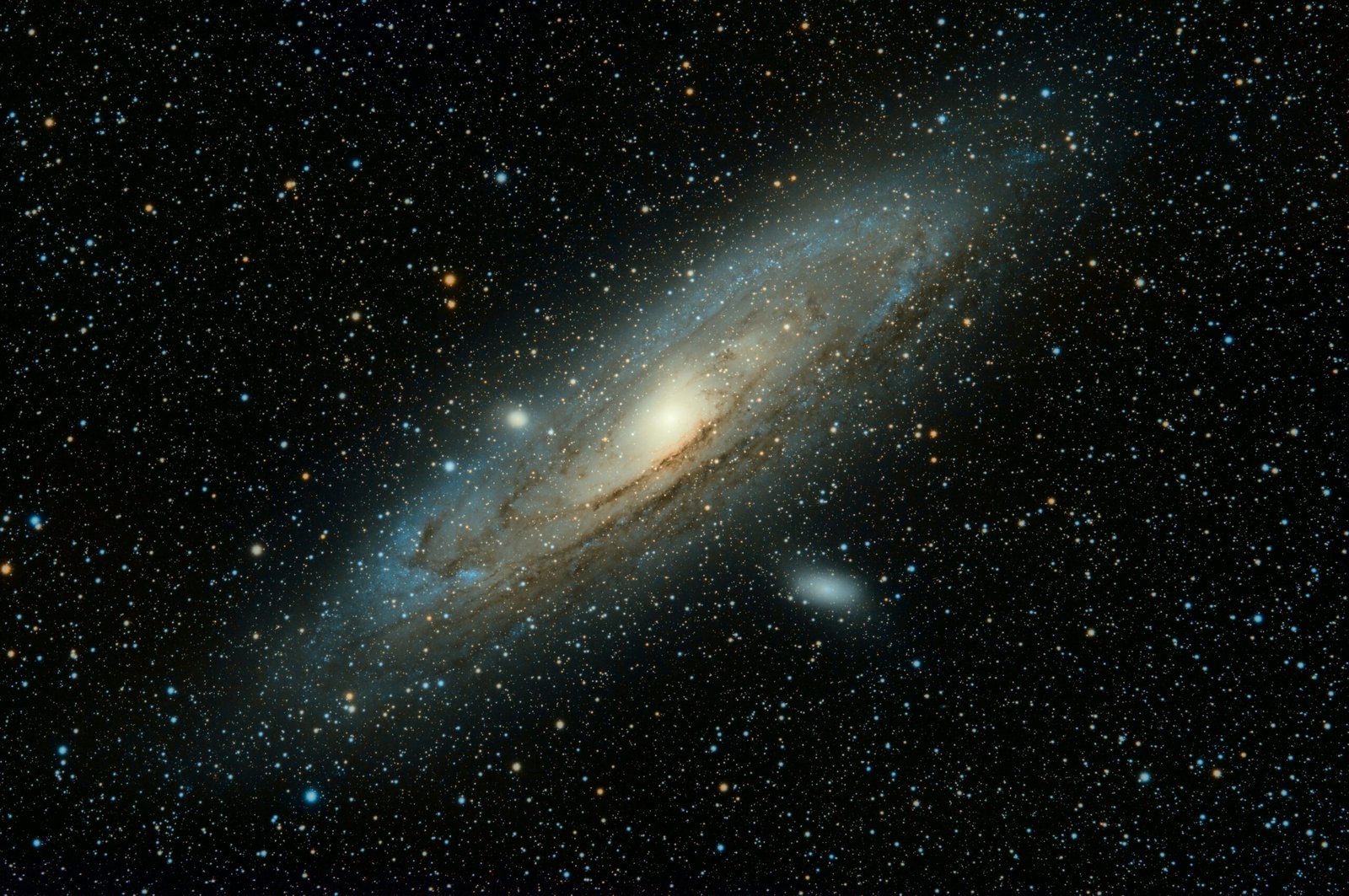The Sun is a star located at the center of our solar system. It is a massive ball of hot, glowing gases that provides light and heat to the planets in its orbit. In this blog post, we will explore various aspects of the Sun and its importance to life on Earth.
Structure and Composition
The Sun has a layered structure, consisting of the core, radiative zone, and convective zone. The core is the central region where nuclear fusion occurs, converting hydrogen atoms into helium and releasing a tremendous amount of energy in the process. The radiative zone is the layer above the core, where energy is transported through radiation. The convective zone is the outermost layer, where energy is transported through convection.
The Sun is composed mainly of hydrogen (about 74% by mass) and helium (about 24% by mass). The remaining 2% consists of trace amounts of heavier elements such as carbon, nitrogen, and oxygen. These elements play a crucial role in the Sun’s energy production and overall stability.
Energy Production
The Sun produces energy through a process called nuclear fusion. In the core, hydrogen atoms are squeezed together under extreme temperature and pressure, causing them to collide and fuse into helium. This fusion process releases an enormous amount of energy in the form of light and heat. It is this energy that radiates outwards and sustains life on Earth.
Features and Phenomena
The Sun is known for its various features and phenomena, including sunspots, solar flares, and solar prominences. Sunspots are dark areas on the Sun’s surface that are cooler than the surrounding areas. They are caused by strong magnetic fields inhibiting the flow of heat. Solar flares are eruptions of intense radiation and charged particles from the Sun’s surface. They can cause disruptions to satellite communications and power grids on Earth. Solar prominences are huge, looping structures of hot gas that extend from the Sun’s surface into the corona.
Importance to Life on Earth
The Sun is essential for life on Earth. It provides the light and heat necessary for photosynthesis, the process by which plants convert sunlight into energy. This energy is then transferred through the food chain, ultimately sustaining all living organisms on the planet. The Sun also plays a vital role in regulating Earth’s climate and weather patterns.
Additionally, the Sun’s gravitational pull keeps the planets in our solar system in their respective orbits. Its gravitational influence also helps to stabilize the solar system as a whole.
Conclusion
The Sun is a remarkable star that serves as the center of our solar system. Its structure, composition, and energy production make it a fascinating subject of study. From its features and phenomena to its crucial role in sustaining life on Earth, the Sun continues to be a source of wonder and awe.
